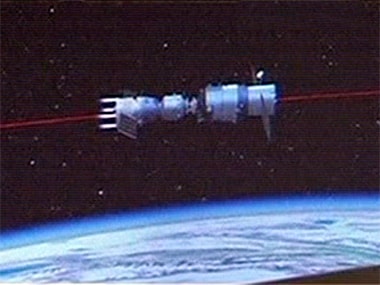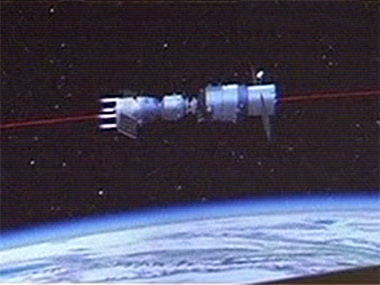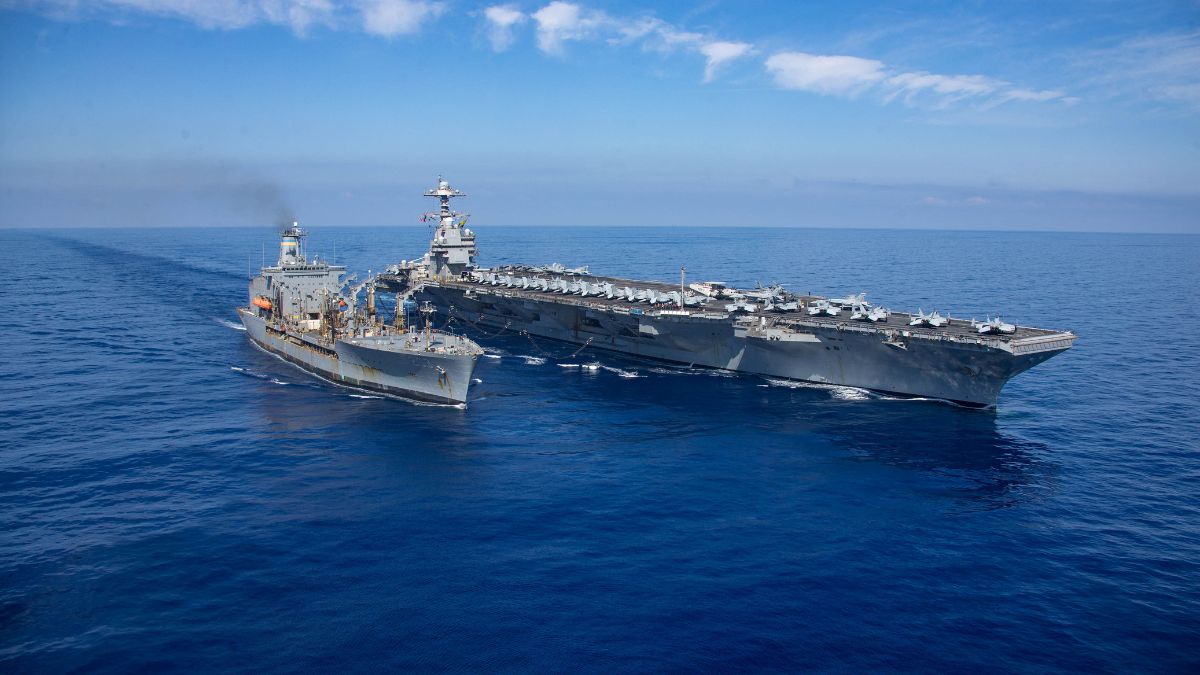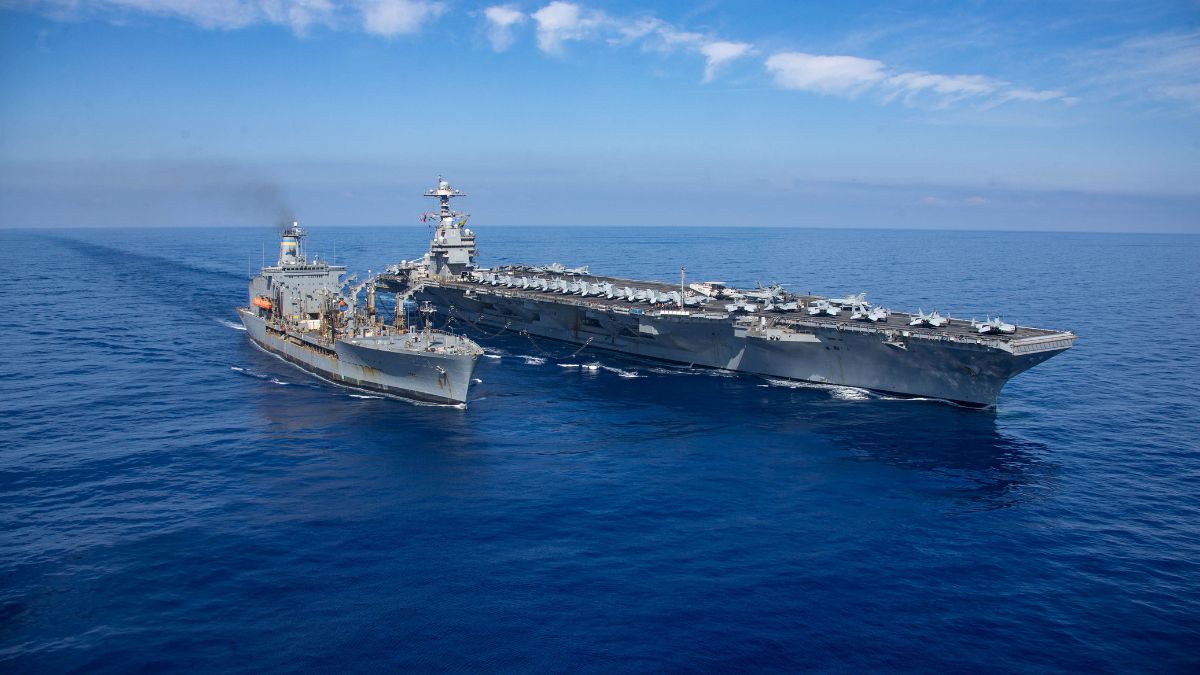China’s space station Tiangong-1 , which means “Heavenly Place” in Chinese, is expected to crash into the Earth over the next few months. In 2016, officials from China confirmed that they could no longer maintain control of the space station, and that it would be crashing into the Earth in late 2017 or early 2018. The 8.5 tonne Tiangong-1 is not expected to entirely burn up in the atmosphere, and will break up into large pieces instead. Pieces as big as 100 kg may end up impacting the surface of the planet. [caption id=“attachment_4146281” align=“alignleft” width=“380”]  Tiangong-1. Image: Reuters.[/caption] There is little chance that anyone would be harmed by the impact, but Chinese authorities have committed to monitoring the space station’s descent, and inform the United Nations when it can no longer stay in orbit and begins the plunge into the planet. According to a report in The Guardian, the descent of the station has accelerated, but it is impossible to predict exactly when or where the debris will fall at this stage. Larger space stations have crashed into the planet previously, without anyone being injured by the debris. These prior instances include the Russian Salyut 7 space station, as well as NASA’s SkyLab. While the Russian space station weighed a little more than the Tiangong-1 at 20 tonnes, NASA’s SkyLab was a massive 77 tonnes. Tiangong-1 was supposed to be a long-term mission, and establish a Chinese outpost in orbit. The space station was used for several manned and unmanned missions. The Tiangong-1 was **launched on a Long March rocket** from the Gobi Desert on 1 October 2011, the Chinese National Day. **Tiangong-2** , China’s second space lab was launched on 15 September 2016, and is currently in operation. China has plans to **start building a space station in 2019** , and establish a permanent presence in space by 2022.
Larger space stations have crashed into the planet previously, without anyone being injured by the debris.
Advertisement
End of Article


)
)
)
)
)
)
)
)
)



